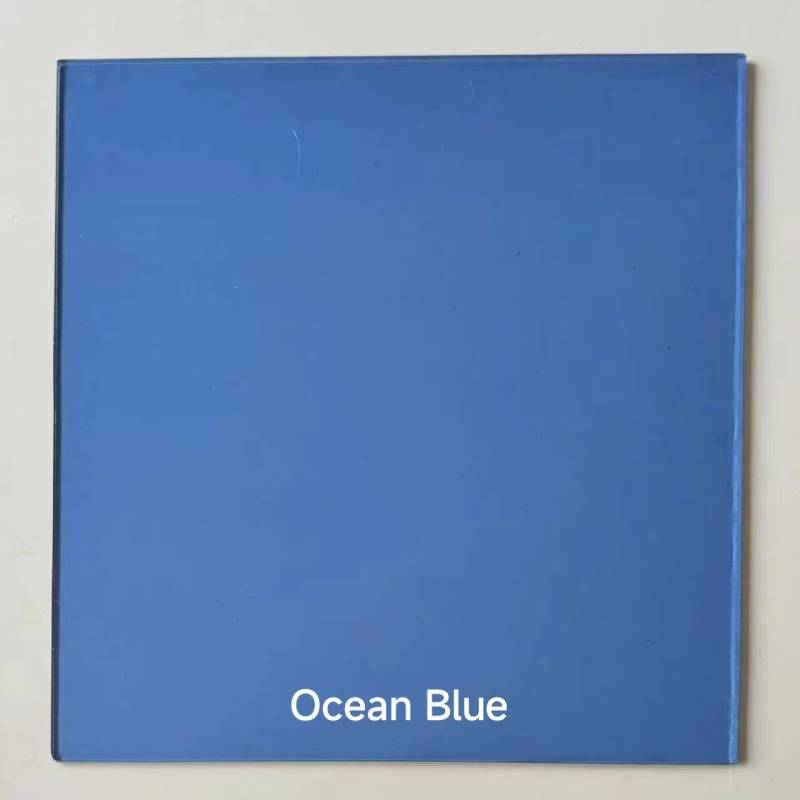

The Benefits of Low-E Glass Panes Maximizing Energy Efficiency in Modern Architecture
In recent years, the architectural and construction industries have seen a growing emphasis on energy efficiency, sustainability, and environmental responsibility. One of the most significant advancements contributing to this trend is the use of low-emissivity (Low-E) glass panes. These specialized glass products offer numerous benefits, significantly impacting energy consumption, indoor comfort, and overall building performance. In this article, we will explore what Low-E glass panes are, how they work, and their advantages in contemporary architecture.
What is Low-E Glass?
Low-E glass is a type of energy-efficient glazing that has a microscopic metallic coating applied to one or more surfaces. This coating reflects infrared energy, which is a significant component of heat. By reflecting this heat back into the building during colder months and preventing excessive solar heat gain during warmer months, Low-E glass panes help maintain a stable indoor temperature.
There are two main types of Low-E glass hard coat and soft coat. Hard coat Low-E glass is produced by applying a coating to the glass during manufacturing, making it more durable and suitable for single-pane applications. In contrast, soft coat Low-E glass involves a more delicate coating process that requires the glass to be sealed within insulated glazing units for protection. Soft coat Low-E is generally more effective at reducing heat transfer and is favored in most energy-efficient window applications.
How Low-E Glass Works
The primary function of Low-E glass is to control the heat transfer between the interior and the exterior of a building. The low-emissivity coating allows visible light to enter while reflecting a significant portion of infrared light, which carries heat. This dual capability enables buildings to remain cooler in summer and warmer in winter, reducing the reliance on heating and cooling systems.
Moreover, Low-E glass can be combined with insulating gas fills, such as argon or krypton, to enhance its energy efficiency. These gases act as additional barriers to heat transfer, further improving the window's insulation properties. When incorporated into double or triple glazing systems, Low-E panes contribute to achieving optimal energy performance.

Advantages of Low-E Glass Panes
1. Energy Efficiency One of the most substantial advantages of Low-E glass is its ability to significantly reduce energy consumption. By minimizing heat transfer, buildings can maintain comfortable indoor temperatures with less reliance on HVAC systems. This translates into lower energy bills and reduced carbon footprints.
2. Increased Comfort With Low-E glass, occupants experience a more consistent indoor climate. Reduced drafts and cold spots ensure that living or working spaces remain comfortable year-round. Additionally, by minimizing glare and harsh sunlight, Low-E glass enhances visual comfort, making environments more pleasant.
3. UV Protection Low-E glass effectively blocks a significant percentage of ultraviolet (UV) rays from entering a building. This UV protection helps preserve the life of furniture, flooring, and artwork, preventing fading and degradation caused by prolonged exposure to sunlight.
4. Noise Reduction The insulating properties of Low-E glass contribute to better sound attenuation, making buildings quieter and more enjoyable. This benefit is particularly valuable in urban environments where external noise can be disruptive.
5. Sustainability and Green Building Certification The use of Low-E glass aligns with sustainable building practices. Many green building certification programs, such as LEED (Leadership in Energy and Environmental Design), recognize energy-efficient windows as part of their criteria. Incorporating Low-E glass can contribute to achieving higher certification levels.
Conclusion
Low-E glass panes are a key component of energy-efficient building design, offering a multitude of benefits that enhance comfort, sustainability, and overall performance. Their ability to optimize natural light while minimizing heat transfer makes them an ideal choice for modern architecture. As society continues to prioritize energy efficiency and environmental stewardship, the demand for Low-E glass is likely to rise, leading to smarter, more sustainable buildings that contribute to a greener planet. The integration of Low-E glass into architectural projects not only reflects a commitment to modern design but also represents a significant step forward in the quest for eco-friendly living.